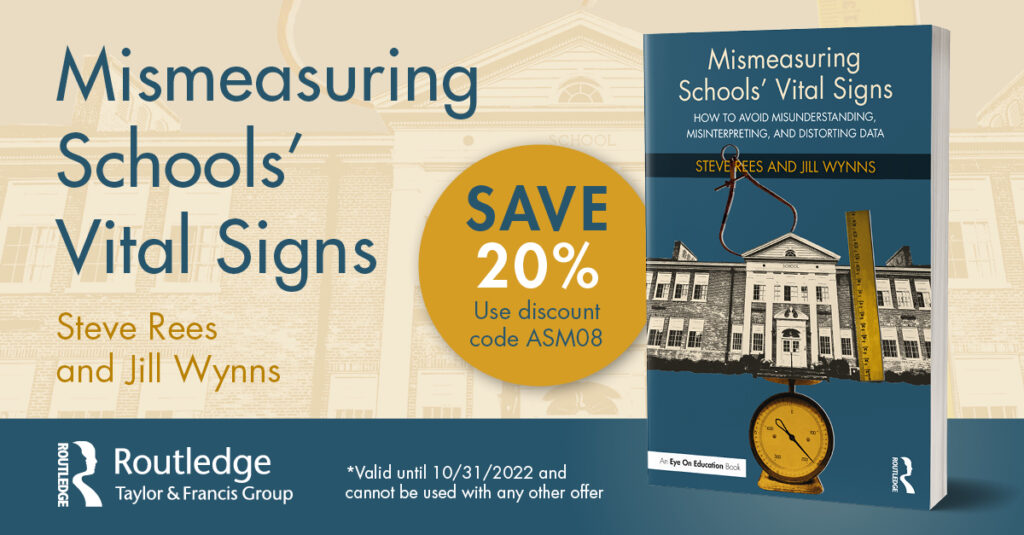Chapter 7
Reducing barriers to progress at all levels
Table of Contents
Chapter 7 Overview
This chapter suggests contributions to the reduction of mismeasurement in schools that can originate from six levels: schools of education, administrative credential programs, state departments of education, assessment firms, districts and school boards. Schools of education aren’t teaching data analysis skills. Administrative credential programs could stop issuing credentials to those who lack assessment knowledge and aren’t yet data literate. Assessment firms and state departments of education could turn to design and communication firms to elevate the quality of reports. Districts could add analytic responsibilities to their assessment directors’ job, and lift some of the assessment interpretation responsibility off the shoulders of teachers. School boards could insist on better evidence when plans, budgets and policies are on the table, and ask leadership to explain more fully how they reached their conclusion about the meaning of test results.
Chapter 7 Excerpt
Chapter 7 Resources
Hattie, John, Visible Learning: A Synthesis of Over 800 Meta-Analyses Relating to Achievement,Routledge (2009), 374 pages.
Mandinach, Ellen and Gummer, Edith S., Data Literacy for Educators: Making It Count in Teacher Preparation and Practice, Teachers College Press (2016), 176 pages.
Rankin, Jenny Grant, Designing Data Reports that Work: A Guide for Creating Data Systems in Schools and Districts, Routledge (2016), 217 pages.
Statewide Longitudinal Data Systems Grant Program, SLDS Data Use Standards: Knowledge, Skills, and Professional Behaviors for Effective Data Use, Version 2. U.S. Department of Education. (2015) Washington, DC: National Center for Education Statistics. Available online at: https://slds.ed.gov/#program/data-use-standards

Ellen Mandinach – Associate director for research of EDC’s Center for Children and Technology and director for research of the Northeast and Islands Regional Education Laboratory (NEIREL)

